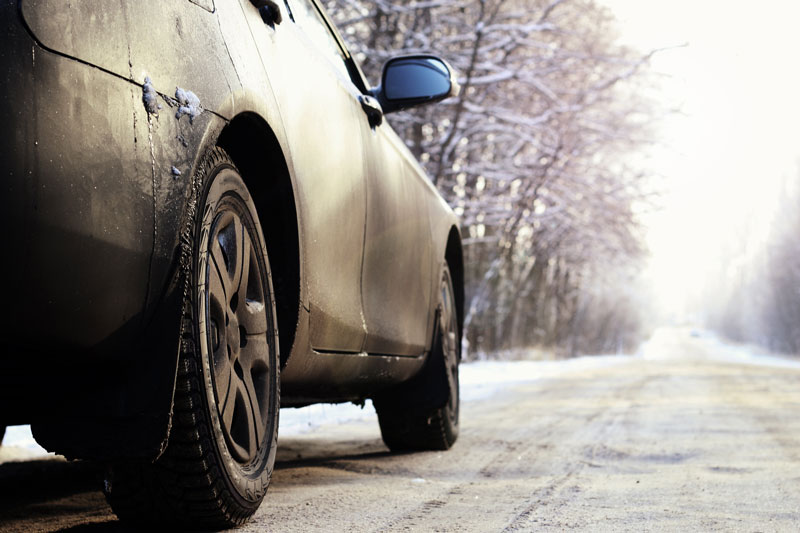
Adverse weather, dark days, and cooler weather – handle driving through it all with these safety tips.
Driving in the winter is very different than in other times of the year. The weather and reduced visibility make it much harder for the motorist to commute without any trouble. Sometimes conditions can be extreme, as we have found over the recent winters. Because of this, we need to adapt the way we drive and how we maintain our vehicles.
Read on for the essential safety tips for this year’s winter roads!
Prepare Your Vehicle
It’s a good idea to have your vehicle fully serviced before winter starts and have the antifreeze tested. If you can’t have it serviced, do your own checks.
- Make sure the lights are clean and in working condition.
- Charge the battery if necessary.
- Check that the tires’ tread and pressure are in good condition.
- Be sure that the brakes are working well.
- Test the windscreen wiper blades.
- Top up fluids, such as antifreeze, oil, and windscreen wash.
Driving in Winter Weather
If you find yourself driving in hazardous weather, adapt your driving with these tips:
- Reduce your speed. The chances of you skidding are much greater and your stopping distance increases dramatically when you speed.
- Only travel at a speed at which you can stop promptly. Speed limits are the maximum in ideal conditions. In difficult conditions, they can often be too high to travel.
- Avoid hard braking and acceleration, or sharp steering.
- Road surfaces may be wet. Take care when driving after it has rained, as oil can lie on the surface.
- Use your headlights during dusk and dawn to see and be seen by other vehicles on the road.
Don’t wait until you have a seasonal disaster to find out that your auto insurance coverage doesn’t cover the incident. Talk to the professionals at All Nevada Insurance to secure a reliable policy to suit your needs and budget.


 Our Locations
Our Locations

